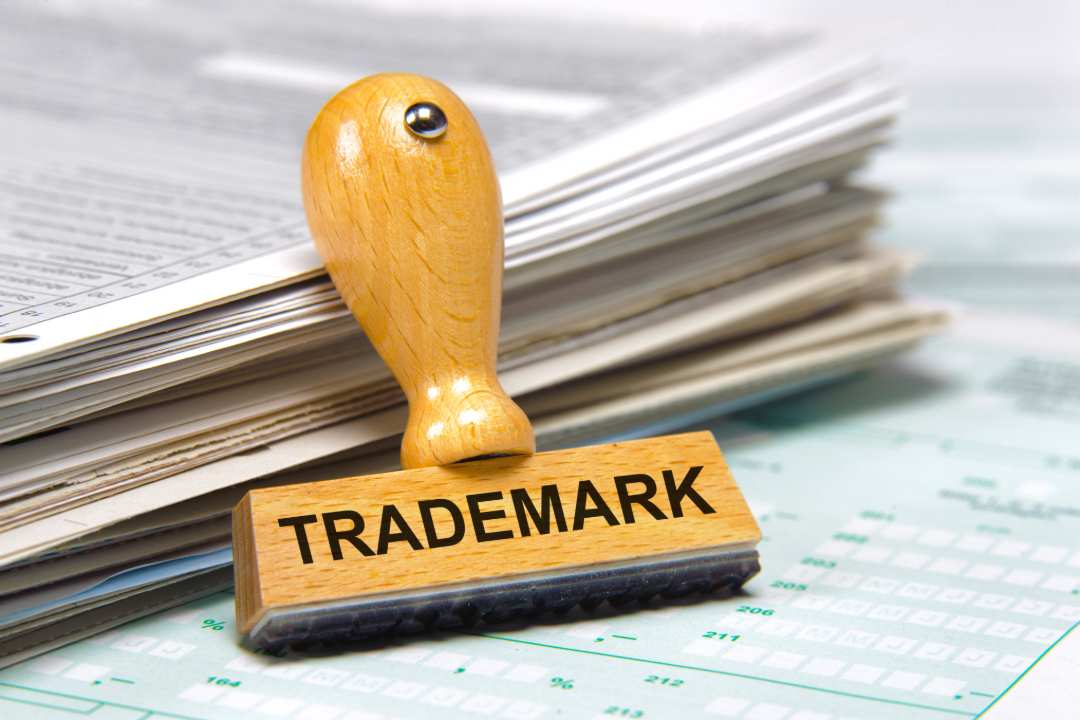
How to Obtain a Registered Trademark
1. Conduct a Trademark Search
Before applying for a trademark, it is crucial to conduct a comprehensive search to ensure that the mark you want to register is not already in use by another entity. This involves checking existing trademarks that are registered, pending, or common law (unregistered) to avoid conflicts.
-
Professional Search Services: Consider hiring a trademark attorney or a professional search firm to conduct a thorough search, which may include international databases and common law uses not covered by the USPTO database.
2. Determine the Trademark's Eligibility
Ensure that the mark you want to register meets the eligibility criteria. Trademarks must be:
-
Distinctive: The mark should be unique and not merely descriptive of the goods or services. Distinctiveness can range from being arbitrary (like "Apple" for computers) to suggestive or fanciful.
-
Non-Functional: The mark should not be a functional aspect of the product. For instance, a specific design feature that is essential to the product's use would not qualify.
-
Not Generic: Common terms that are generic or too descriptive cannot be trademarked. For example, trying to trademark the term "computer" for selling computers would not be allowed.
3. Choose the Correct Trademark Class
Trademarks are categorized into different classes based on the type of goods or services they represent. It’s essential to choose the appropriate class (or classes) that accurately describe your product or service. The Nice Classification system is commonly used internationally, categorizing goods into 34 classes and services into 11 classes.
-
Goods Classes: For example, Class 25 covers clothing, footwear, and headgear.
-
Services Classes: For instance, Class 35 covers advertising and business management.
4. Prepare the Trademark Application
Once you’ve completed your search and selected the correct class, the next step is to prepare your application. The application typically includes:
-
The Mark: A clear representation of the mark you want to register.
-
Identification of Goods/Services: A detailed description of the goods or services associated with the mark.
-
Filing Basis: Indicate whether the trademark is already in use in commerce or if there is an intent to use it in the future. In the U.S., this is known as "Use in Commerce" or "Intent-to-Use" basis.
-
Specimen of Use: If the mark is already in use, provide a specimen showing the mark in use on the goods or services (e.g., product labels, packaging, website screenshots).
5. File the Trademark Application
File the application with the appropriate trademark office with a New York Trademark Lawyer:
-
United States: Submit the application through the USPTO’s Trademark Electronic Application System (TEAS).
-
International: If seeking international protection, consider filing through the World Intellectual Property Organization (WIPO) using the Madrid Protocol for multiple countries or filing directly with each country’s trademark office.
6. Pay the Required Fees
Trademark registration requires payment of filing fees, which vary depending on the jurisdiction and the number of classes of goods/services. For instance, in the U.S., the fee per class is typically between $250 and $350.
7. Monitor the Application Process
After filing, the trademark office will review your application. The process may involve several steps:
-
Examination: An examining attorney reviews the application to ensure it meets all legal requirements.
-
Publication: If the application is approved, it will be published in the trademark office's official gazette to allow the public to oppose the registration.
-
Opposition Period: During the publication period, third parties can file an opposition if they believe your trademark infringes on their rights.
8. Respond to Office Actions
If the examining attorney finds issues with your application, they may issue an "Office Action" detailing the reasons for refusal or requesting additional information. You must respond to these within the specified time frame, usually six months in the U.S.
9. Receive Trademark Registration
Assuming your mark is not contested (or if you successfully overcome any oppositions), and the application meets all the requirements, the trademark will be registered. You will be issued a registration certificate, and your trademark will be added to the official register.
10. Maintain and Protect the Trademark
Trademark registration is not indefinite; you must actively maintain it by:
-
Use: Continue to use the trademark in commerce to maintain its validity.
-
Renewal: File maintenance documents and pay renewal fees as required. In the U.S., this includes filing a Declaration of Use between the 5th and 6th years after registration and then every 10 years.
-
Monitoring: Keep an eye on the marketplace for potential infringements and take action to protect your trademark if necessary.
Conclusion
Registering a trademark is a critical step in protecting your brand and its identity in the marketplace. By following the above steps, you can secure legal protection for your mark, helping to prevent others from using similar marks that could confuse consumers or dilute your brand. This process requires careful planning, attention to detail, and sometimes the guidance of a trademark attorney, especially when dealing with complex or international registrations.

Comments (0)